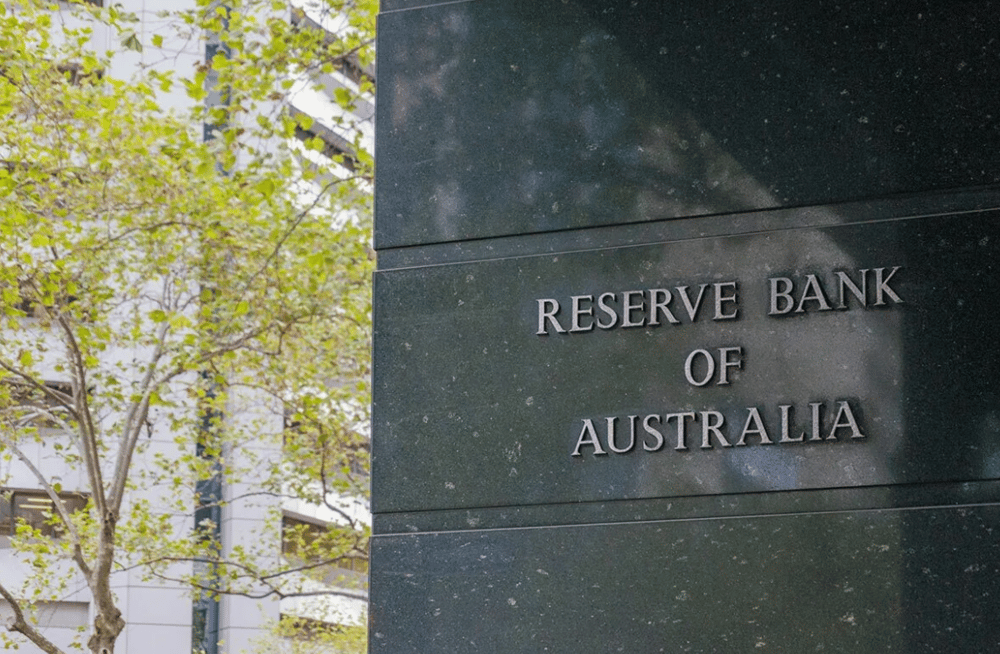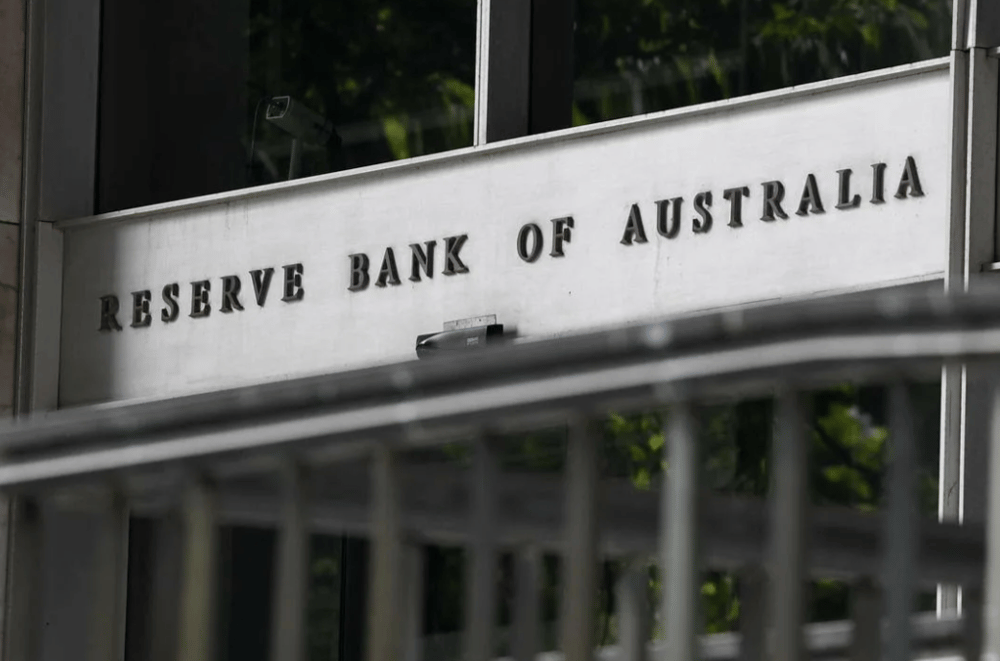Australian Household Spending Growth Slows Despite Lower Interest Rates and Inflation Easing
In April, Australian household spending registered only a marginal increase, underscoring a persistent lag in consumer demand relative to income growth. This trend emerges despite the Reserve Bank of Australia’s (RBA) recent interest rate cuts and a general easing of inflationary pressures. The Australian Bureau of Statistics (ABS) reported that the seasonally adjusted Monthly Household Spending Indicator (MHSI) rose a mere 0.1% in April, following a 0.1% decline in March. The subdued consumption figures highlight ongoing challenges in stimulating domestic demand, a critical driver of Australia’s economic growth.
Implications of Weak Household Spending Growth Amid Monetary Easing
The slight uptick in household expenditure reflects cautious consumer behavior, likely influenced by broader economic uncertainties, including labor market conditions and global trade tensions. Despite a more accommodative monetary environment with lower borrowing costs, Australian consumers appear reluctant to significantly increase spending.
The ABS data shows that spending contracted in four out of nine key categories, notably in apparel, tobacco, and alcohol. These declines suggest selective weakening in discretionary spending segments, which can signal consumers prioritizing essential goods and services over non-essentials.
This consumption pattern poses challenges for economic policymakers aiming to sustain growth through domestic demand, particularly as inflationary pressures diminish, potentially reducing the urgency for immediate household purchases. The disconnect between income growth and spending may also imply higher saving rates or debt repayment focus among Australian households.

Key Facts
Australian household spending (MHSI) increased by only 0.1% in April 2025 after a 0.1% decline in March.
Spending decreased in 4 of 9 categories, with apparel, tobacco, and alcohol recording notable drops.
Lower interest rates and easing inflation have yet to fully stimulate consumer expenditure.
Cautious consumer behavior amid economic uncertainties and global trade impacts.
Income growth continues to outpace consumption increases, indicating saving or deleveraging.
Market Reaction and Economic Commentary on Australian Consumer Trends
Financial markets and economic analysts are closely monitoring the household spending data as a barometer of Australia’s near-term growth outlook. Consumer expenditure is a critical component of GDP, and subdued growth may temper expectations for economic expansion in upcoming quarters.
The RBA’s policy of reducing the cash rate aims to lower financing costs for households and businesses, theoretically encouraging spending and investment. However, the muted response in consumer behavior suggests structural headwinds, including cautious sentiment and possible income insecurity, limit the effectiveness of monetary stimulus.
Economists suggest that further stimulus measures or fiscal support might be necessary to catalyze stronger consumption. Meanwhile, sectors linked to discretionary spending could face prolonged weakness, affecting retail and service industries.

Key Takeaways
Household spending growth remains fragile despite monetary easing efforts by RBA.
Declines in discretionary categories highlight selective consumption patterns.
Income growth surpassing consumption suggests increased savings or debt reduction.
Market confidence may be affected by weak domestic demand signals.
Additional policy interventions might be required to boost consumer confidence and spending.
Retail and discretionary sectors vulnerable to prolonged subdued spending.
Significance of Household Spending Trends for Australia’s Economic Outlook
The marginal increase in Australian household spending in April, despite lower interest rates and easing inflation, signals cautious consumer sentiment and persistent structural challenges. The slow consumption growth amid rising incomes complicates the economic recovery trajectory, emphasizing the importance of multifaceted policy approaches to stimulate demand.
For Australia’s economy, these trends highlight that monetary policy alone may not suffice to drive robust consumer spending. Understanding and addressing the underlying factors influencing household financial decisions will be crucial for sustaining growth and stability in the medium term.















Comments